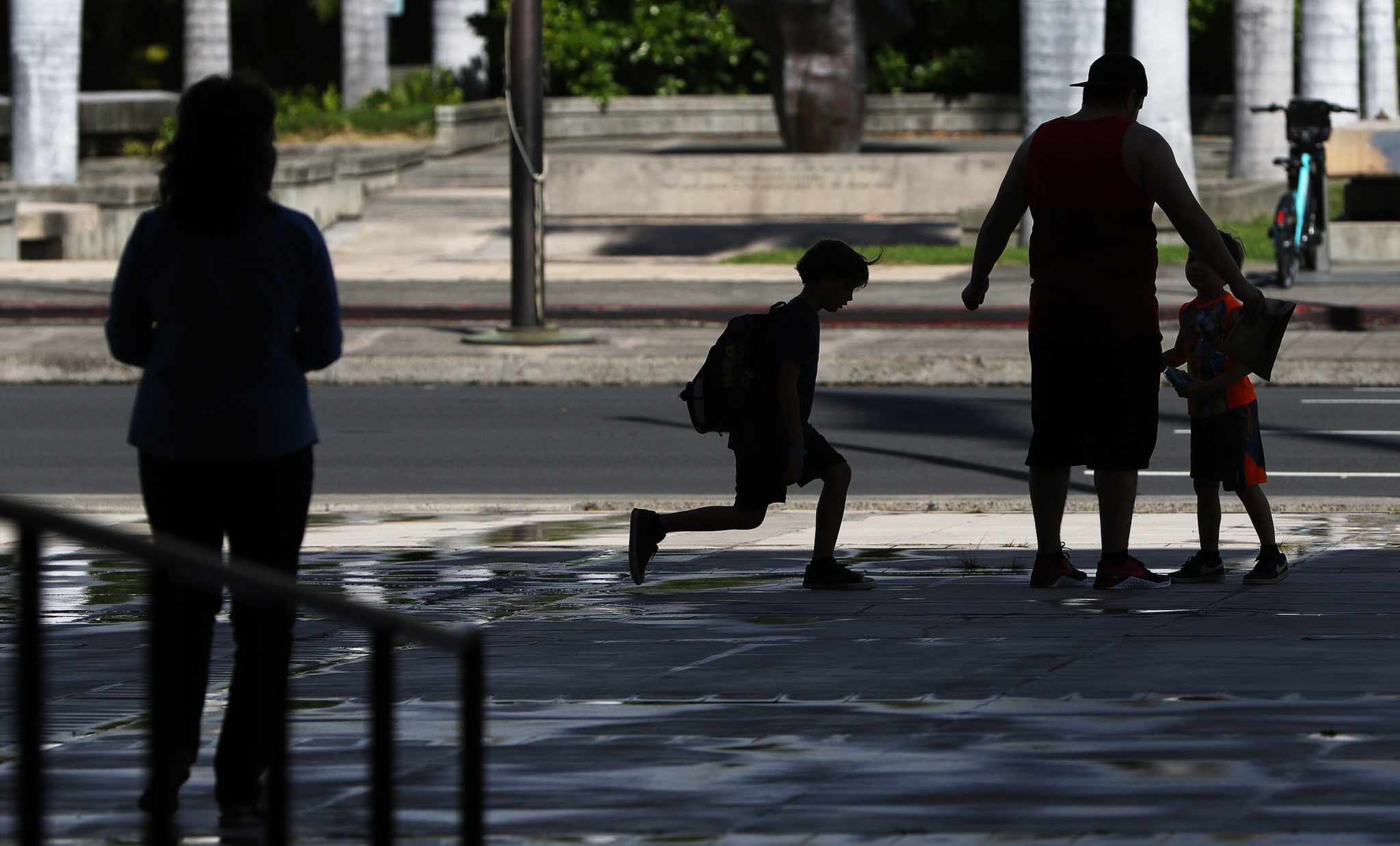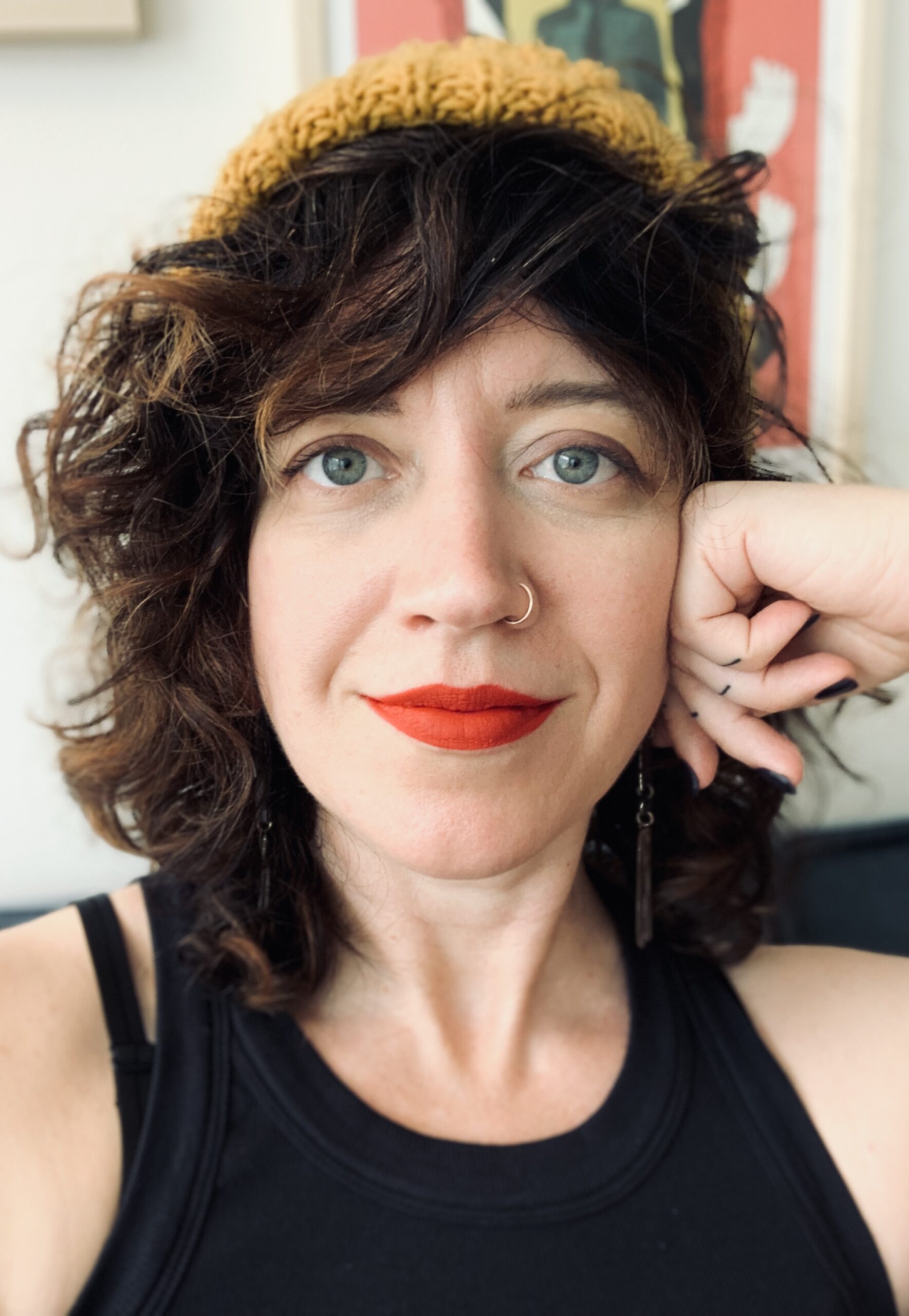
When scary things happen in the world, many parents aren’t sure how to address them with their kids. My advice for adults? Keep two key goals in mind.
Heartbreaking and frightening things are happening in the world all the time. There are local issues (a police shooting in our US city), more international issues (a genocide taking place thousands of miles away), and enormous issues that increasingly affect us all (the worsening climate crises). If we spend time on our phones or computers, we can’t escape the news.
I’ve taught primary school for a decade, and I have two young children of my own. I know that many parents (and teachers) want to talk to their kids about current events, but many simply aren’t sure how. How do we have these challenging and complex conversations with children without feeling like we’re traumatizing them?
In talking to both my students and my own kids, I try to keep two goals in the forefront of my mind:
When we address sad or scary events or truths with children, we need to keep our conversation both developmentally appropriate and action-based.
Developmentally appropriate means that the stories, context, vocabulary, and imagery we share change as our children change.
For example, in discussions with differently aged children about police violence in the US, we have different languages and tools at hand. If I’m talking to a 15-year-old, we might discuss the ethics and history of no-knock warrants.
But with 5-year-olds, we can teach about this issue using language they understand. They know what it means to be hurt, to feel afraid, and for something to be unfair. Something Happened in Our Town is a very accessible picture book about police violence in America that’s written specifically for young children.
Action-based means that we don’t share a problem and then move on and leave our children to sit with it all alone. They have enough to manage in their little heads- they don’t need to soak up our anxieties. Instead, we can share one thing that’s happening in the world and brainstorm or model specific actions that we can take (or that other people are taking) to help solve it.
For example, we live in Portland, Oregon. My children see homeless people every day. We walk around their tents/homes on the way to and from school and on our way to birthday parties. Rather than ignoring people or shaking our heads in sadness when our children ask about them, we can talk about simple actions that might be helpful. Do we have turkey, cheese, and bread at home? Then we can make someone a sandwich and offer it to them on our way to school tomorrow. Do we have access to running water? Then we can bring someone a jug of fresh cool water on a hot day. Can we volunteer at our local food bank, putting together bags of potatoes for local families in need? Yes, we can!
Human brains are built for action. When we’re faced with a problem, our natural response is to come up with solutions. This forward movement tends to keep us unstuck and can lessen fear and anxiety. We can model this for kids.
Talking to our kids about very tough stuff can be tricky and complex, but if we stick to our two goals: developmentally appropriate conversations and action-based thinking, it’s absolutely possible. And I’d argue that it’s part of our job as parents and teachers and as thoughtful and responsible human beings.

Natalie is a mother, teacher, and writer, living in Portland. She loves exploring this wonderful city with her kids.
